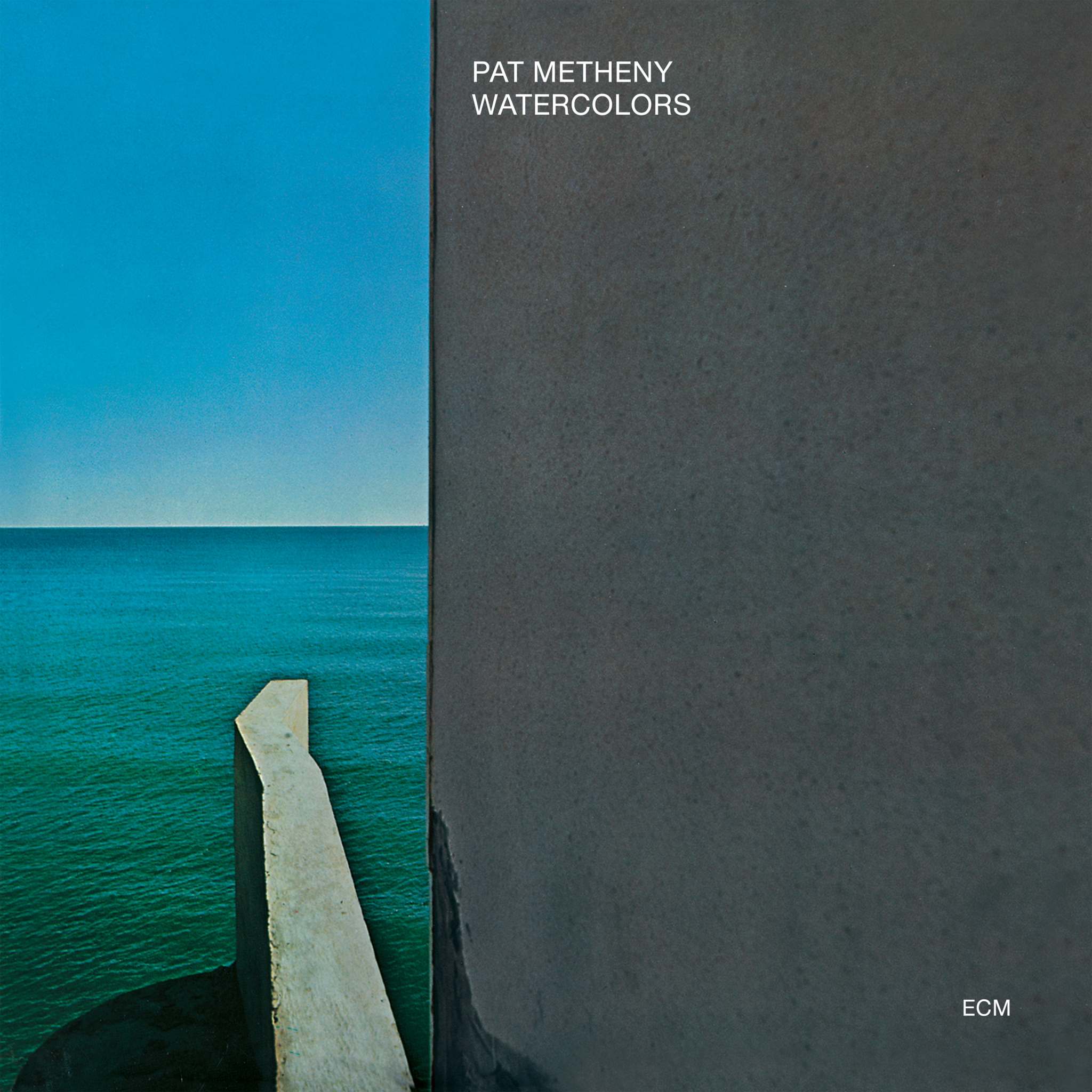Album insights
Im Laufe dieses Jahrhunderts entstand ein Klassifizierungssystem für die zahlreichen musikalischen Stile. Arvo Pärt fand seinen Platz als "mystischer Minimalist", gemeinsam mit Henryk Górecki und John Tavener in dieser spirituellen minimalistischen Gruppierung. Pärts musikalischer Wandel von avantgardistischen zu traditionellen Elementen repräsentiert eine Verwandlung, die seine ernsthafte und feierliche Wesensart bewahrt. Die westliche Entdeckung und Befreiung aus dem Ostblock ist Teil einer romantisierten Geschichte.
Am Konservatorium von Tallinn ausgebildet, erlangte Pärt früh Anerkennung für seine Kompositionen. Seine Tintinnabuli-Werke werden trotz ihrer breiten Gefühlspalette oft als naiv bezeichnet. Sie vereinen tiefe Emotionalität mit minimalistischen Mitteln. Vergleichbar mit romanischer Kirchenarchitektur ist seine Musik strukturiert, schlicht und ausdrucksstark. Neben dramatischen Elementen spielt auch Zurückhaltung eine zentrale Rolle in Pärts Schaffen.
Bemerkenswert bleibt, wie Pärts Kompositionen durch einfachste Mittel überwältigende Gefühle transportieren können. Magnificat und Sanctus offenbaren eine zurückhaltende Ekstase. Seine Werke bieten gleichzeitig Intensität und Einfachheit, ähnlich der frühen gotischen und romanischen Baukunst. Die strukturelle Eleganz und makellose Ausdruckskraft seiner Musik sind unbestreitbar.
Die Tintinnabuli-Technik in Pärts Kompositionen basiert auf der schlichten Verbindung von Tonleitern und Dreiklängen, die subtil und sinnlich wirkt. Der Komponist vermittelt durch seine Musik tiefgründige und sinnliche Emotionen. Seine Schöpfungen demonstrieren sowohl Meisterschaft in der Kontrolle als auch in der Zurückhaltung. Diese Werke sind kraftvoll und dennoch sensibel.
Pärts größte Errungenschaft liegt in seiner Fähigkeit, durch minimalistische Mittel intensive Emotionen hervorzurufen. Dies zeigt sich in Werken wie den Sieben Magnificat-Antiphonen und De profundis. Seine Musik schafft ein feines Gleichgewicht zwischen dramatischer Intensität und schlichter Einfachheit.

